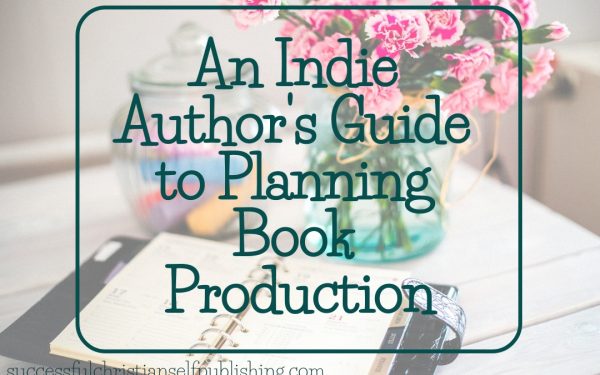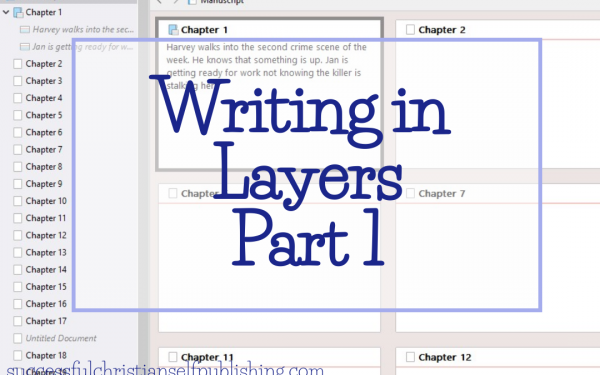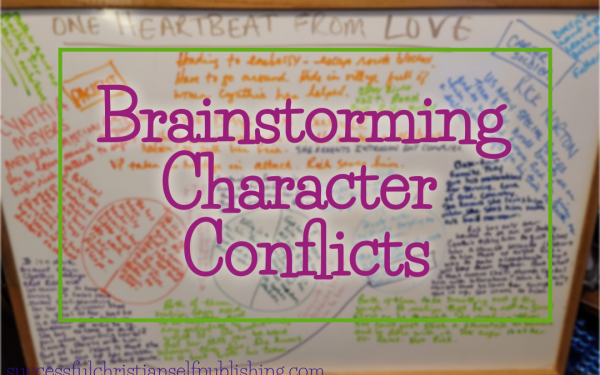Planning and Organizing a Series Bible
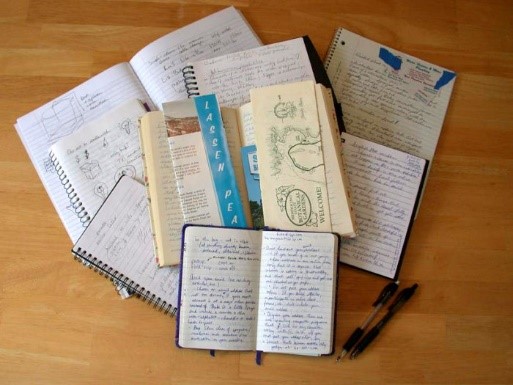
As an indie published author, I have to often wear a publishing company hat and watch market trends, paying attention to how to best reach readers. What I glean from that knowledge affects how I plan my writing.
One way that indie authors find success is through writing in a series. A series of books that have recurring characters, recurring themes, or a plot that ties them all together will keep your readers coming back for more. But, writing a series takes planning and intention.

The deeper into the series you go, the more you find that you need to have some form of organization pertaining to the world you’ve created.
I have a bestselling series called The Jewel Series. It’s four books about three sisters. By the end of the fourth book, all three sisters are secure in their relationships with Christ and are enjoying their happily ever afters. About a year after I published the last book, I wanted to write a Christmas gift for my readers and wrote a “Second Generation Jewel Series” about the love story of the son of the first couple and the granddaughter of my WWII pilot from my Virtues and Valor Series.

Suddenly, I was faced with some serious logistical challenges. How old was everybody at the time my hero, Tony Jr., was working on his PhD? How old would my WWII pilot have to be to have a granddaughter (not “great”) be an adult in her 20s? What were their backstories and how did they play into the “modern” world. What aspects of time was I breaching to make this possible? Because, here’s the thing: readers who love a series are going to KNOW that series – and if you break a rule in that series, then you’re going to irritate readers and it’s going to come back to you.
I learned writing that Second Generation Jewel Series that I needed to go forward with every series and create a series Bible. This is what I keep track of:
- Maps of the town where my series takes place: If it’s a fictional place, I create roads, locations, distances, directions. I have a series coming up that takes place in an entirely fictional town in Kentucky. I know the layout of that town better than any place I’ve ever lived; however, knowing it isn’t going to be enough fifteen books in when I need to know where the characters from the first book live in relation to the characters in my twelfth book. I create detailed maps.
- If it’s a real city or town, then where within that real place do my characters live and work? I actually mark it on a map.
- What are the birthdays of all of my characters? What are the birthdays of all of their children? I include years in this as well, because there has been one-too-many-times when I’ve sat there with calendars and calculators and tried to figure out how old a person would be in this next book.
- Names of the characters in an alphabetical chart. I do it first name, last name and also last name, first name. That keeps me from using the same first letters too many times – as have a tendency to do when I’m not paying attention.
- Descriptions of all of the characters. I search for photos and keep those as well. If you have a character with green eyes and three books later, he has blue eyes, your readers will catch that. (Not that I speak from experience or anything).
- Anything else that is relevant to your world. School names, restaurant names, business specifics – anything that will possibly be present in another book.

I know as you write your novel, your “baby”, the one whom you’ve birthed from love and desire deep in your soul, that you think you will always know everything that is to know about your characters and your setting. However, speaking from the voice of experience with 26 books published within five series, eventually, you’re not going to know. Eventually, you’re going to be digging through your book and trying to find a reference to age or house description and it’s going to make your work so much harder than it needs to be.
It’s much better to put the work into the front end rather than when you’re trying to work out the details of a current work-in-progress but getting bogged down by the details of a prior work.
You can keep this information wherever you want to. Some authors use a physical binder with printed pages and laminated sheets. Some authors use programs like Microsoft One-Note or Scrivener. I use a combination of file folders and Scrivener. In the end, though, organize your series the way that speaks most to your brain so that when it’s time to gather information, it’s done with simplicity and ease.
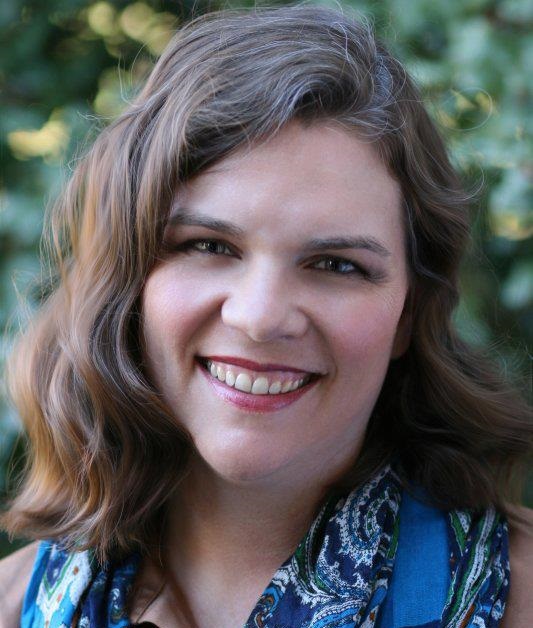
With nearly a million sales, Hallee Bridgeman is aUSA TODAY best-selling and award-winning Christian author who writes action-packed romantic suspense focusing on realistic characters who face real-world problems. Her work has been described as everything from refreshing to heart-stopping exciting and edgy. Hallee has served as the Director of the Kentucky Christian Writers Conference, President of the Faith-Hope-Love chapter of the Romance Writers of America, is a member of the American Christian Fiction Writers (ACFW), the American Christian Writers (ACW), and Novelists, Inc. (NINC). An accomplished speaker, Hallee has taught and inspired writers around the globe, from Sydney, Australia, to Dallas, Texas, to Portland, Oregon, to Washington, D.C., and all places in between. Hallee loves coffee, campy action movies, and regular date nights with her husband. Above all else, she loves God with all of her heart, soul, mind, and strength; has been redeemed by the blood of Christ; and relies on the presence of the Holy Spirit to guide her.

